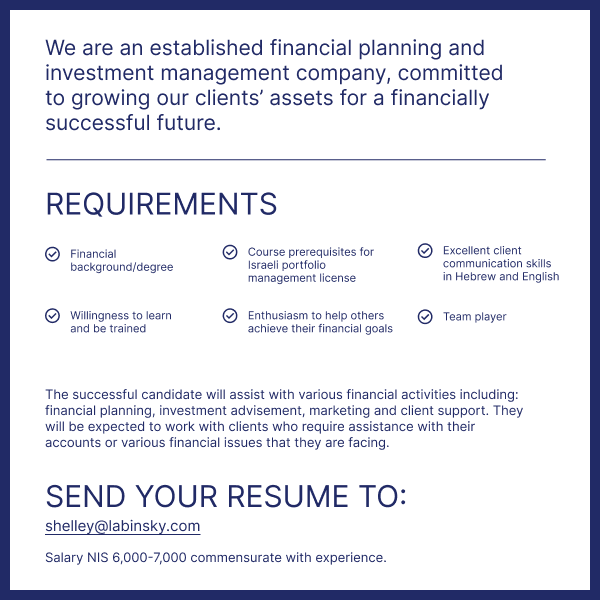This blog, while generally dealing with many financial planning issues, doesn’t tend to explain specific investment tools or products, because its purpose is to reach and be practical for as many people as possible.
However, I felt a need to address a popular misconception regarding bonds – an incredibly important component that should be in most people’s portfolio.
A standard investment portfolio will be comprised of exposure to equity, which is the ownership of companies through the stock exchange: asset classes such as stocks, market tracking index funds or exchange traded funds (ETFs). This equity component of a standard portfolio comprises the generally riskier elements of one’s portfolio. Yes, I know there are many exceptions to this general formula and many different ways to make money via options and currency trading, etc., but, for illustrative purposes, we are going to focus on a more traditional portfolio allocation.
The remaining, generally considered safer asset, which has comprised the mainstay of retirement and conservative portfolios for decades, is the bond part of one’s portfolio.
Bonds are debt investments where an investor loans money to an entity – corporation or government, which borrows money for a specific period of time at a variable or fixed interest rate.
Bonds have traditionally been the bulwark of portfolios as the interest paid to the investor was guaranteed by the entity. As long as the entity, that is, the government or company, is able to pay back the debt, the investor will receive his/her principal and interest payment for years to come.
Bonds are trade-able in stock exchanges around the world, therefore pricing is in constant fluctuation. The long term investor should be able to ignore market fluctuations and invest in bonds that meet his/her risk level. A more speculative investor will invest in less steady companies and earn higher yield with more risk. A more conservative one will choose government-backed bonds where the chance of default is low.
In other words, if you are a retiree investing in bonds with the need to generate 3-5% annual revenue, bonds have traditionally provided an ideal component for your portfolio needs.
So where’s the problem?
Interest rates today in Israel, the US, and most Western countries are as low as they have ever been – close to zero and even negative in some situations. Not only does that make it difficult for the investor to find the necessary yield (return) they are looking for, but it has created a situation where future expected increases in interest rates (whether due to inflationary concerns or other macro- economic factors) will risk major losses in the value of their bond portfolio. Even if a standard investor is holding bonds that are paying out enough return, say 2-4%, holding those bonds may lead to significant capital losses when interest rates rise as the price of bonds is inversely related to interest rate differentials.
For example, if you are holding a bond that has a return of 2% while the market interest rate suddenly climbs to 4%, the price of bonds will fall dramatically as investors will need to be compensated with a lower price in order to buy your bond on the open market.
This added capital risk has chased many traditional bond investors out of the market, scared that bond prices will tank when interest rates start rising. But while daily, monthly and even yearly volatility will mean paper losses as bond prices decline, those losses are only relevant if you are planning to sell. Long term investors who own bonds with satisfactory rates of return can just consider holding those bonds until maturation, in which case they’ll see 100% of their money back as well as the associated interest component. Investors concerned about possible inflation will find that the majority of bonds available in Israel are indexed against the madad (inflationary index) so not only will they receive their principal and a minimal rate of return, they need not be concerned about excess inflation. Those less concerned about inflationary pressures and more concerned about deflation (which is still a major risk in some countries and was more of a concern in Israel last year) can stick to the fixed rate bonds.
Therefore, if one creates a properly laddered bond portfolio with a relatively short to medium-term duration (i.e. time horizon), as interest rates rise and bonds come due, investors will be able to buy new bonds that are coming out at higher interest rates. While everyone is concerned about a big fall, long term investors should not be overly scared about keeping bonds in their portfolio. Over time, returns will average out and provide long term investors with exactly what they are looking for – consistently measured returns without taking undue risk. Does this strategy guarantee high returns in the short run? Clearly no. But everyone must always balance risk and return and understand the true level of risk that they are comfortable exposing themselves to.
While equities, especially in the US, have seen close to seven good years of almost constant growth, just as Yosef predicted the good years in Egypt all those millennia ago, the good years can often be followed by lean ones.
There’s no such thing as a uni-dimensional market. If you think the way to avoid risk in the bond market is to over-invest in an overheated stock market, just make sure that you have your risk profile carefully considered.
A prudent split between equity and bonds is still critical in an investment portfolio, even in today’s 0% interest rate environment.









